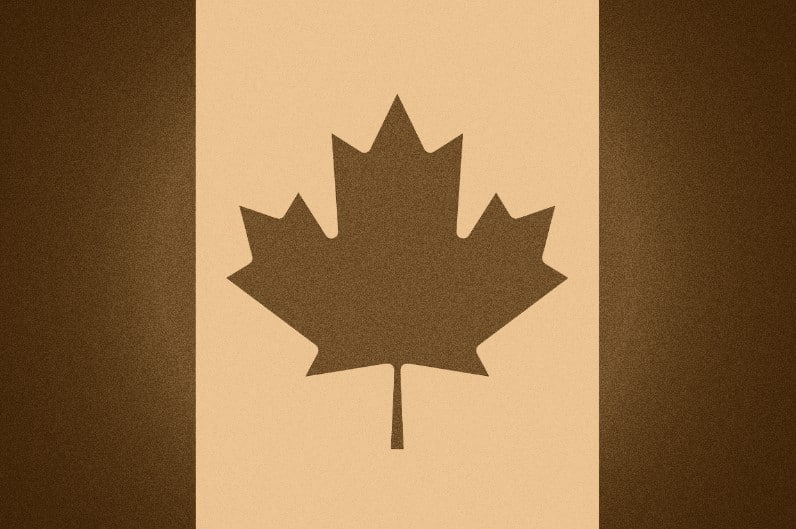The Canadian government is recalibrating its immigration policy, citing housing shortages as being among the reasons for its policy shift.
The new 2025–2027 Immigration Levels Plan are designed to enact a marginal population decline of 0.2% in both 2025 and 2026 before returning to a population growth of 0.8% in 2027. The plan includes controlled targets for temporary residents, specifically international students and foreign workers, as well as for permanent residents.
Canada’s population has expanded in recent years, reaching 41 million by April. Immigration accounted for almost 98% of this growth in 2023, with 60% of that share attributed to temporary residents. But Canada’s housing market has not kept up with immigration levels. The Canada Mortgage and Housing Corporation estimated 3.5 million more homes need to be built by 2030 to make housing affordable.
In a press announcement, the government insisted that its new plan “alleviates pressures on housing, infrastructure and social services so that over the long term we can grow our economic and social prosperity through immigration.”
Prime Minister Justin Trudeau announced the change in the policy, acknowledging that his efforts to grow the population through high levels of immigration did not work as planned. Trudeau’s Liberal government initially envisioned bringing 500,000 new permanent residents into the country during each of the next two years, but now that figure was revised to 395,000 new permanent residents in 2025, 380,000 in 2026 and 365,000 in 2027.
“In the tumultuous times as we emerged from the pandemic, between addressing labor needs and maintaining population growth, we didn’t get the balance right,” Trudeau said. “Immigration is essential for Canada’s future, but it must be controlled and it must be sustainable.”











